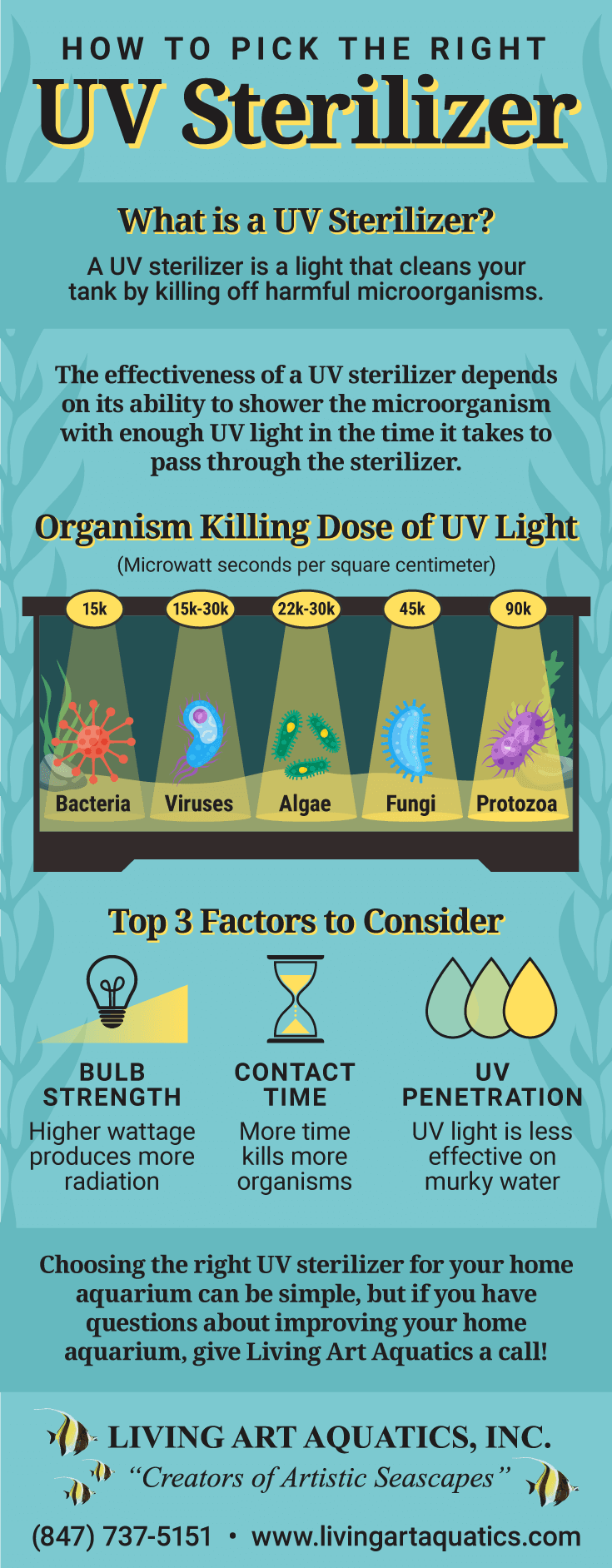A Biased View of Uvc Light
A Biased View of Uvc Light
Blog Article
Facts About Uvc Light Uncovered
Table of ContentsOur Uvc Light IdeasFascination About Uvc LightThe smart Trick of Uvc Light That Nobody is Talking AboutGetting The Uvc Light To WorkWhat Does Uvc Light Mean?Unknown Facts About Uvc Light
A new type of ultraviolet light that might be safe for people took much less than 5 minutes to minimize the degree of indoor air-borne germs by greater than 98%, a joint research study by researchers at Columbia College Vagelos College of Physicians and Surgeons and in the U.K. has discovered. Even as microorganisms remained to be splashed into the space, the degree remained extremely reduced as lengthy as the lights were on.But till currently these studies had actually just been conducted in small speculative chambers, not in full-sized areas resembling real-world problems. In the present research, researchers at the College of St. Andrews, College of Dundee, University of Leeds, and Columbia University tested the effectiveness of far-UVC light in a big room-sized chamber with the exact same air flow price as a normal office or home (about three air changes per hour).
The efficacy of different methods to minimizing interior virus levels is normally measured in terms of equivalent air changes per hour. In this study, far-UVC lights produced the matching of 184 equivalent air exchanges per hour. This goes beyond any other technique to sanitizing occupied indoor spaces, where five to 20 comparable air adjustments per hour is the ideal that can be attained practically.
The 9-Minute Rule for Uvc Light

The primary parameters of UV-C sanitation are wavelength, dose, family member moisture, and temperature level. There is no consensus concerning their optimum worths, but, generally, light at a high dosage and a spectrum of wavelengths having 260 nm is preferred in an atmosphere at room temperature with low relative humidity. This light can be produced by mercury-vapour, light-emitting diode (LED), pulsed-xenon, or excimer lights.
UV-C sanitation systems have promising features and the prospective to enhance in the future. UV-C sanitation need to presently be thought about for low-level rather than high-level disinfection.
One more application emerged in 1910 when UV light was used to decontaminate water. Nowadays, UV light is utilized for water, air, food, surface area, and clinical devices sanitation.
The Single Strategy To Use For Uvc Light
DNA, RNA, or healthy proteins of a micro-organism take in UV light, with a peak absorbance around 260 nm [6] This results in the disturbance of look at here now DNA or RNA, causing the inactivation of the micro-organism. UV-C-induced DNA disruption often includes the bonding of two adjoining thymine (or cytosine) bases as opposed to the standard linking of a base with its corresponding base on the various other strand.

The UV-C zone is utilized for sanitation yet there is no agreement on the specific optimum wavelength. Light at 260 nm can create the most disturbance. Various micro-organisms are most susceptible to somewhat different wavelengths.
The Ultimate Guide To Uvc Light
It even has an additional benefit by minimizing photoreactivation through a decrease of photolyase [9] On the various other hand, it has technological effects since the complete power of the beam is then divided over all existing wavelengths. A micro-organism that is prone to 254 nm light will be suspended much more by a light that discharges exclusively light at 254 nm than a lamp that sends out a wavelength spectrum at equivalent overall power.
Exposure times of 1045 minutes for room sanitation and 25 s to 5 minutes for medical tools were encountered in literature. recommended you read The intensity is vice versa symmetrical to the squared range in between the light source and the surface area and is therefore specified at the surface area in the dose computation formula [14]
Even more, the outcome of a light decreases in time, so it is suggested to compute the dose at the end of lamp life, which is agent of a worst-case circumstance. The dosage also influences the quantity of photoreactivation. Quek et al. located that the percent of photoreactivation decreased from 5.31% to 0% for an increase in dose from 1.6 to 19.7 mJ/cm2 [8]
Zhang et al. observed a change in UV irradiance of 34% when the RH enhanced from 50% to 90% [18] The amount of RH influence on UV effectiveness depends upon the present micro-organism and is a lot more obvious for bacteria than for infections [16] Lastly, the influence of temperature relies on the source of light.
More About Uvc Light


This is referred to as much UV-C innovation and is a fairly new disinfection approach with minimal understanding regarding its effectiveness. This makes it riskier to entirely count on this innovation for disinfection in the hospital and it is consequently not commonly used [21] It additionally has benefits such as a lowered risk for use near individuals due to a lower infiltration deepness into the skin and eyes [ 26]
In research study, the results on pulsed versus continual UV-C disinfection performance vary. When contrasting pulsed and continuous light it is very important to keep various Click This Link other variables such as wavelength and dosage continuous. Nyangaresi et al. and Sholtes et al. both located that pulsed or continuous light emitted by LEDs caused comparable log10 reductions [15,28]
Some Known Questions About Uvc Light.
In situation ozone is not required for disinfection, a modified lamp can be made use of. For mercury-vapour lights, drugged quartz glass or specialized soft glass can filter out short-wave UV-C light. For pulsed-xenon, doped quartz can be made use of as well [30] UV-C has promising features for disinfection such as automated sanitation, being much less lengthy than extensively used manual or chemical sanitations, leaving no unsafe residuals, and being eco-friendly (if no mercury-vapour lights are used) [31,32]
Report this page